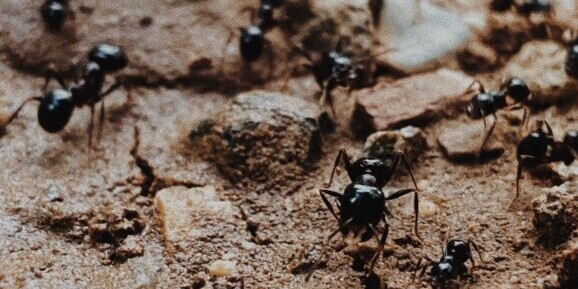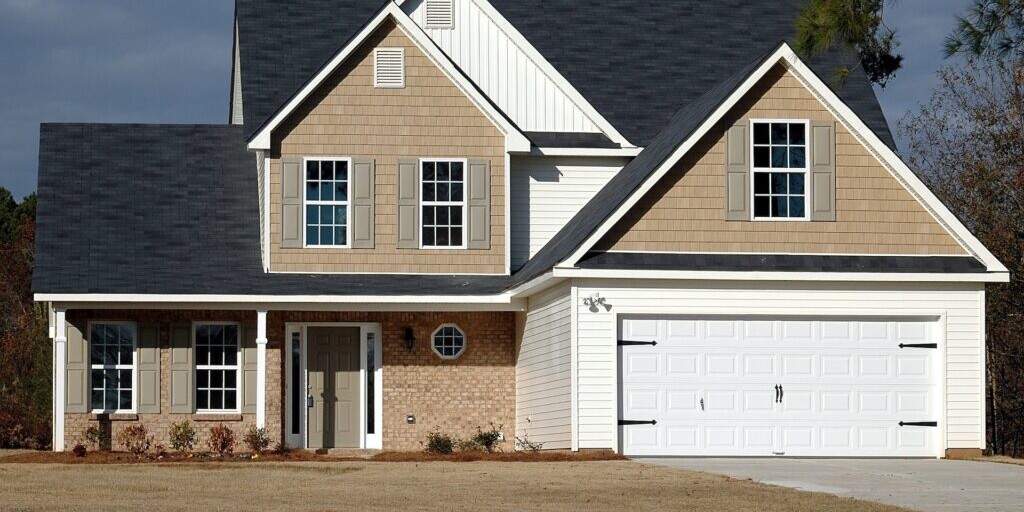SERVING AMBLER, LANSDALE AND HARLEYSVILLE, PA
It can be annoying to find ants in your home, and many ants, including the common pavement ant can be difficult to control. Considering that ants frequently travel through unsanitary areas before they end up on your countertops, you should take steps to keep them away from your family, pets and food. (Carpenter Ants – which are wood damaging – are covered under a separate section).
Types Of Ant Problems
Some ant species live in colonies that are supported by a single queen while others are supported by multiple queens. Although there are thousands of different ant species, there are relatively few that we commonly see as pests. These include:
- Pavement Ants – Only 1/8 inch long, the tiny black Pavement ant is very common. Large numbers of pavement ants are often found in sidewalk joints, under stones and concrete slabs. Pavement ants do not cause structural damage or present risks to humans but are an annoyance inside the home.
- Citronella Ants – About 1/4 inches long, citronella ants swarm in the late winter and early spring. Because of their swarming, they are often mistaken for termites. Unlike termites, however, citronella ants are simply a nuisance and do not cause structural damage. Citronella ants are so named for the pleasant citronella odor they give off when crushed.


CARPENTER ANTS
Carpenter Ants are among the largest ants, from 1/4- to 3/8-inch long. The most common Species is black, but some have reddish or yellowish coloration. Workers have large mandibles. Carpenter Ants reside both outdoors and indoors in moist, decaying or hollow wood. They do not eat wood, but will feed on nearly anything people eat-particularly sweets and meats and other insects. Carpenter Ants cut “galleries” into the wood grain to provide passageways for movement from section to section of the nest, which can cause the damage in your house to occur faster. They can leave sawdust” behind that provides clues to nesting location. The carpenter ant resides both indoors and outdoors in moist, decaying or hollow woods. If this happens to be in the frame of your house, it could cause serious damage.
Prevention Tips for Ants
- Look for piles of sawdust-like shavings, sometimes with bits of insulation and insect parts.
- Listen for rustling sounds from within the walls. (A listening device is useful.)
- Watch for foraging trails outside, especially between 10 am and 2 pm.
- Be alert to the emergence of swarmer's.
With a tool gently tap exposed wood and rafters, listening for a hollow sound which might indicate a nest cavity. A knife blade will easily sink into the wood if a nest is present.
- Check attics, basements, and crawl spaces. Check wires and pipes. Locate high moisture areas. (A moisture meter can be useful.)
- Clean up spills immediately
- Reduce moisture in the building/home
- Keep food in sealed containers
- Keep bushes and plants trimmed away from the home/roof
- Replace mulch against building with pea gravel
- Re-caulk windows and doors as needed
